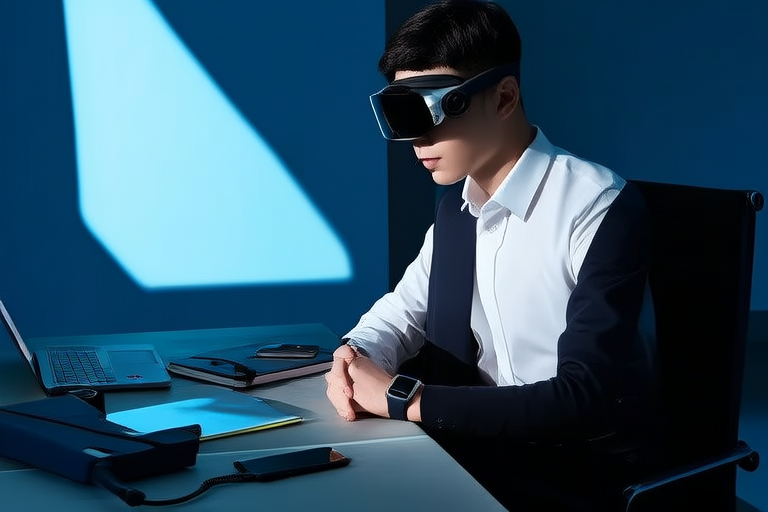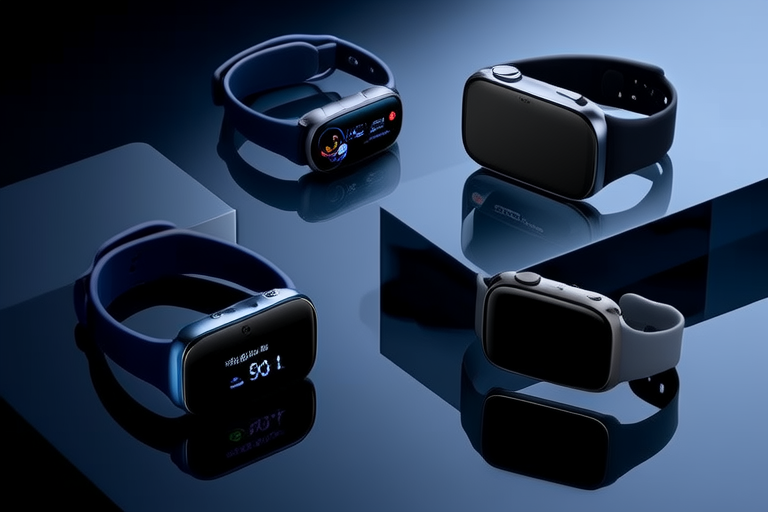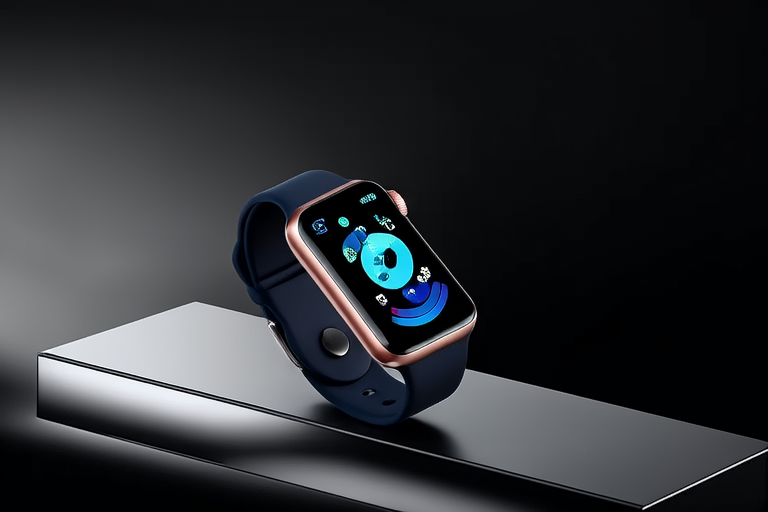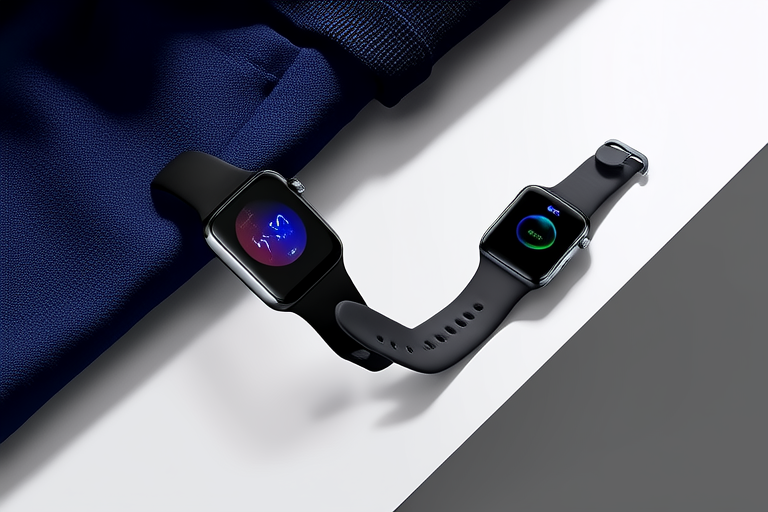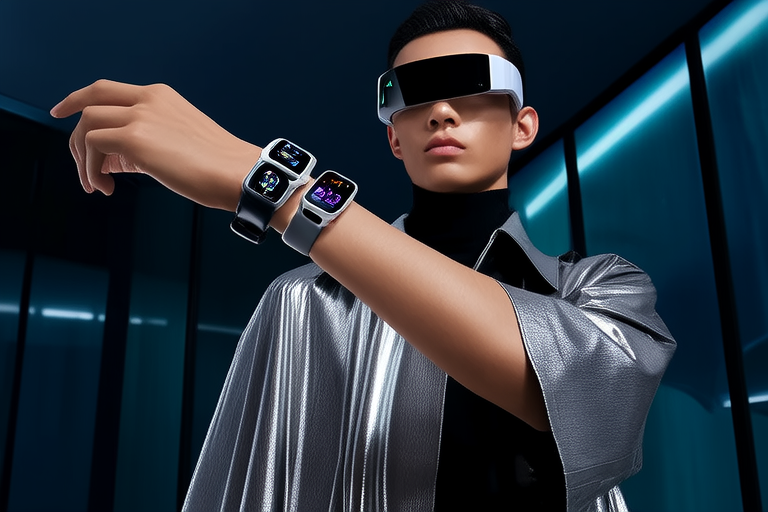Introduction
Wearable technology has rapidly evolved from a niche concept to an integral part of modern life. What began with simple devices like pedometers and basic fitness trackers has now expanded into a diverse ecosystem of sophisticated gadgets designed to enhance health, productivity, and connectivity. Wearables are no longer just accessories; they are tools that seamlessly integrate into our daily routines, offering real-time insights and personalized experiences. As society becomes increasingly reliant on digital solutions, the importance of wearables continues to grow, promising a future where technology is not just something we use but something we wear.
Current State of Wearables
Today’s wearable market is dominated by devices such as smartwatches, fitness trackers, and augmented reality (AR) glasses. Smartwatches, exemplified by brands like Apple Watch and Samsung Galaxy Watch, have become more than timekeeping tools—they serve as extensions of smartphones, enabling users to receive notifications, track fitness metrics, and even make payments. Fitness trackers, like Fitbit and Garmin, focus on health monitoring, providing data on steps taken, heart rate, sleep patterns, and calorie expenditure. Meanwhile, AR glasses, though still in their early stages of mainstream adoption, are paving the way for immersive experiences in gaming, navigation, and professional training.
These devices are already reshaping how people interact with the world. For instance, smartwatches allow users to stay connected without constantly checking their phones, while fitness trackers encourage healthier lifestyles through gamified goals and progress tracking. In workplaces, wearables facilitate hands-free communication and task management, boosting efficiency. Collectively, these innovations highlight the versatility and growing influence of wearable technology across various aspects of life.
Technological Advancements Driving Innovation
The rapid advancement of key technologies is propelling the evolution of wearables. Artificial intelligence (AI) plays a pivotal role by enabling devices to analyze user data and provide actionable insights. For example, AI-powered algorithms can detect irregularities in heart rhythms or predict potential health risks based on activity patterns. The Internet of Things (IoT) further enhances functionality by allowing wearables to connect with other smart devices, creating an interconnected ecosystem that streamlines tasks and improves convenience.
Miniaturization has also been a game-changer, enabling manufacturers to pack powerful sensors and processors into compact designs without compromising performance. This has led to sleeker, more comfortable wearables that users are willing to adopt for extended periods. Additionally, improvements in battery technology have addressed one of the biggest limitations of early wearables—battery life. Modern devices can now operate for days on a single charge, ensuring uninterrupted utility.
Together, these advancements are transforming wearables into highly capable tools that go beyond basic tracking to offer predictive analytics, personalized recommendations, and seamless integration into users’ lives.
Transformative Impact on Daily Life
Wearables are revolutionizing everyday activities in profound ways. In healthcare, devices equipped with advanced biometric sensors enable continuous monitoring of vital signs, empowering individuals to take proactive measures for their well-being. For example, a diabetic patient might use a wearable glucose monitor to track blood sugar levels in real time, reducing the need for frequent finger pricks. Similarly, elderly users can benefit from fall detection features in smartwatches, which automatically alert caregivers in emergencies.
In the realm of personal fitness, wearables have made exercise more accessible and engaging. Users can set customized goals, participate in virtual challenges, and receive instant feedback on their performance. This gamification aspect motivates individuals to maintain consistent workout routines, ultimately fostering healthier lifestyles.
Workplace efficiency is another area seeing significant improvements thanks to wearables. Employees in logistics or manufacturing can use AR glasses to access instructions or schematics hands-free, enhancing precision and reducing errors. Meanwhile, professionals in remote settings rely on smartwatches for streamlined communication and task management, ensuring productivity regardless of location.
Social interactions are also being redefined. Wearables facilitate seamless connectivity, allowing users to share achievements, compete in fitness challenges, or collaborate on projects without geographical constraints. These devices are bridging gaps and fostering new forms of community engagement.
Challenges and Concerns
Despite their many benefits, wearables present several challenges that must be addressed to ensure responsible adoption. Privacy and data security are among the most pressing concerns. Wearables collect vast amounts of sensitive information, including health metrics, location data, and behavioral patterns. If not adequately protected, this data could be vulnerable to breaches or misuse, raising ethical questions about user consent and corporate accountability.
Over-reliance on technology is another potential drawback. As wearables become more ingrained in daily life, there is a risk that users may prioritize device-generated insights over intuition or traditional methods of decision-making. This dependency could lead to diminished critical thinking skills or anxiety when devices malfunction or fail to deliver expected results.
Accessibility remains a hurdle as well. While wearables offer immense value, their cost and complexity can exclude certain demographics, particularly older adults or those in low-income communities. Ensuring equitable access will require innovative pricing models and user-friendly designs tailored to diverse populations.
Future Trends and Possibilities
The future of wearables holds exciting possibilities, driven by ongoing research and development. One emerging trend is the integration of advanced biometric sensors capable of detecting stress levels, hydration status, and even early signs of illness. Such capabilities could revolutionize preventive care, enabling users to address health issues before they escalate.
Another promising direction is the convergence of wearables with smart environments. Imagine walking into your home, where your smartwatch communicates with IoT-enabled appliances to adjust lighting, temperature, and music according to your preferences—all without manual input. This level of automation could redefine convenience and energy efficiency.
Implantable devices represent the next frontier in wearable tech. Unlike external gadgets, implants would reside within the body, offering unparalleled accuracy in monitoring physiological parameters. While this concept raises ethical and safety concerns, it underscores the limitless potential of wearable innovation.
Industries such as education and entertainment stand to benefit significantly from these advancements. Students could use AR glasses to visualize complex concepts during lessons, while gamers might experience fully immersive worlds through haptic feedback suits. In medicine, wearables could assist surgeons with real-time diagnostics during procedures, improving outcomes and patient safety.
Conclusion
Wearable technology is poised to play an increasingly transformative role in shaping human capabilities and redefining daily life. From enhancing health and productivity to fostering new forms of social interaction, these devices are proving indispensable in navigating the complexities of modern existence. However, as we embrace this wave of innovation, it is crucial to strike a balance between technological progress and ethical considerations. By addressing challenges related to privacy, accessibility, and over-reliance, society can harness the full potential of wearables while safeguarding individual rights and well-being. As we look ahead, the fusion of cutting-edge science and thoughtful design promises a future where wearables not only augment our abilities but also enrich our humanity.
